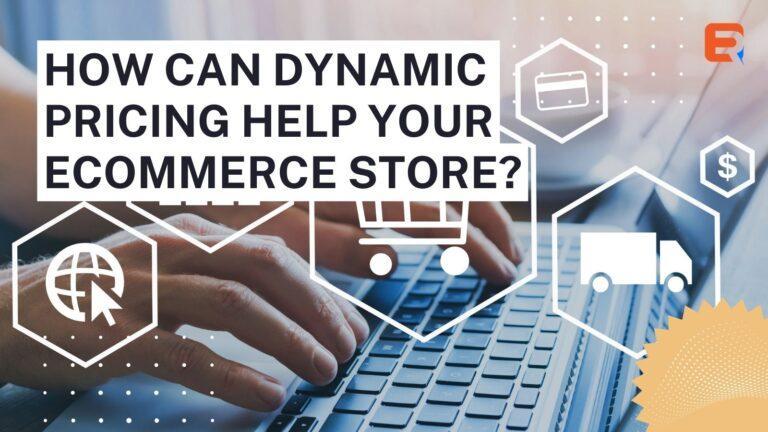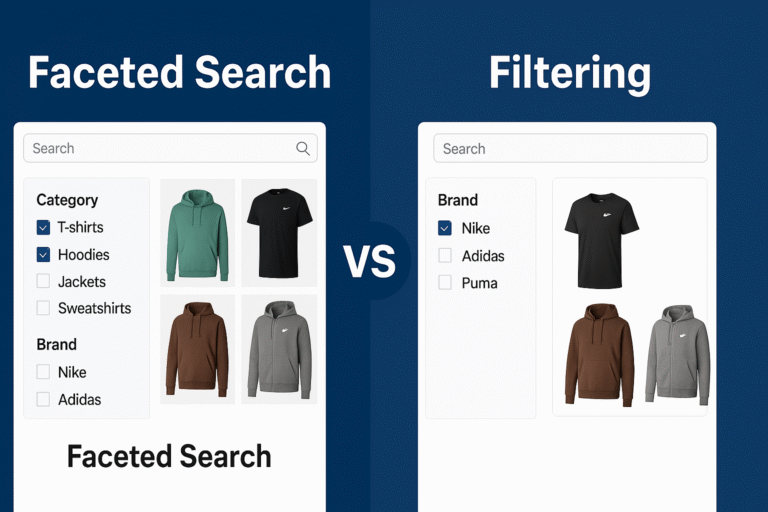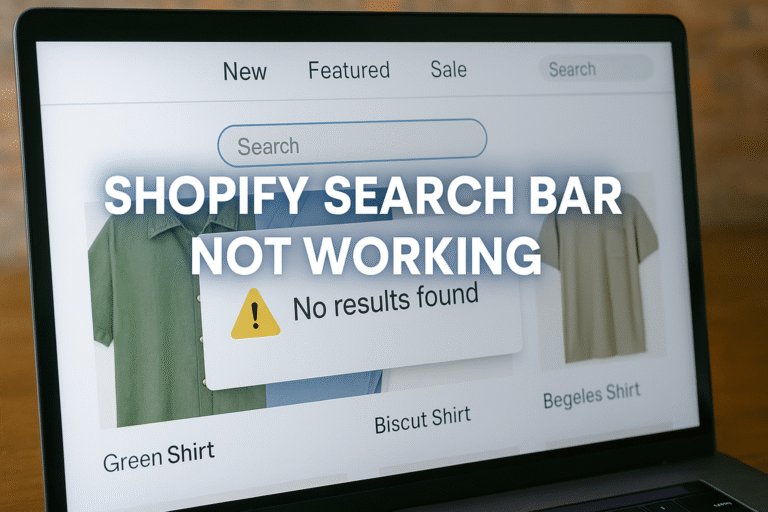Every business will, at one point or the other, reconsider its eCommerce pricing dynamics. What does this mean? Pricing in eCommerce can be tricky. But, as tricky as it could be, your eCommerce store must do what it takes to affix prices to its products by using a pricing strategy.
Without a good pricing strategy, customers won’t know what is affordable or not. It would also be difficult for them to determine whether or not to buy a product.
However, one of the ways you can determine prices as an online store owner is dynamic e-commerce pricing. This blog post will explore dynamic pricing, its types, and its advantages.
What is Dynamic Pricing?

Dynamic pricing in e-commerce is selling an item at different prices. The pricing strategy is based on market conditions, customer group, demand, supply, time, and competitors.
Rather than sell products at a fixed price, e-commerce dynamic pricing lets you sell at different adjusted prices. It is otherwise called real-time pricing, time-based, or surge pricing.
5 Types of Dynamic Pricing
E-commerce stores have a series of dynamic pricing strategies to choose from. Let’s outline a few of them.
1. Competitor-based Pricing
As many business owners are now migrating to the internet, there’s now high competition. One of the major factors for overtaking your competitor is your price. Therefore, the customer-based e-commerce dynamic pricing requires you to closely watch your competitors’ prices and decide to reduce yours.
Suppose you own an online store for kitchen utensils and appliances. That means you would monitor Amazon’s prices for similar items. For example, if an electric kettle goes for $30 on Amazon, you don’t want to sell yours at $50.
Setting similar prices with other stores can be one way to turn your e-commerce store into a sales tool. It will also avoid being neglected by prospective customers.
2. Bundle Pricing
Bundle pricing is an e-commerce dynamic pricing strategy that encourages low prices. Bundled items are items sold together as a single offer rather than separately. Let’s consider the previous example.
If you want to sell an electric kettle and a set of silicone spoons as an item, then you’ve bundled them. For example, let’s say both items go for $30 and $40, respectively. You could bundle both and sell them for $50.
3. Time-based Pricing
Time is crucial in all we do. It helps us determine when it is appropriate to take a step or push back a little. Knowing when to increase or subsidize your price is significant to your online business.
Pricing based on time is commonly-used in online business, electricity, transportation, utility, etc. However, in the case of online shops, dynamic e-commerce pricing comes to play at specific times of day, day of the month, or season of the year they make the most sales.
Let’s say you sell stationery. Your price could be higher between work hours (9 am to 5 pm. It could then become lesser after work hours when there are fewer orders.
Another instance is the Christmas season. You might raise the prices of firecrackers, toys, and costumes a few days before Christmas and till Boxing day, while you lower the prices after. During a new product or collection launch, you could also use dynamic pricing in e-commerce.
4. Value-based Pricing
When it’s time to spend some money on certain items, we seek value. So we are concerned about the value we’ll get from using the product in exchange for our money.
eCommerce stores also understand the concept and try to incorporate it while tagging products with prices. Although using the value metric for pricing can be complicated as value differs from customer to customer, value analysis can help.
You could also use the conversion rate pricing in this case. This pricing method lets you increase your prices when there is a high conversion rate in your online store.
5. Group-based Pricing
This pricing method relies on certain algorithms, machine learning, and artificial intelligence to set prices for different groups. These technologies help you set product prices based on shoppers’ demography, location, and social status. Also, these technologies gain this information from monitoring shoppers’ buying history, sites visited, likes, dislikes, etc.
Advantages of Dynamic Pricing to your E-commerce Store

Here, we shall examine the benefits of dynamic pricing in e-commerce. It will help you know why you need to adjust your prices.
1. Flexibility
Price rigidity is harmful to your e-commerce business. Instead, dynamic e-commerce pricing allows customers to buy from you regardless of their pocket size.
If a shopper can’t buy from you at a time, they can buy later. So in that sense, they won’t miss out on that offer. For example, suppose you set a microwave oven at a high price in October. A shopper might wait till Thanksgiving or Black Friday to get the item at a discounted rate.
2. Inventory Management
Dynamic pricing helps you manage your online store inventory. When you shed prices of certain products, it can reduce their volume. When you have products with limited stocks, you can raise their prices. Doing this will balance your inventory.
3. Increased Sales
Price flexibility can yield more sales and bring increased profit. When you set rigid high prices, it could scare away some customers. When your prices are dynamic, you’ll get more demands from customers.
4. Overtaking Competitors
Even though numerous businesses on the internet sell the same items as you, you can still beat them. One of the ways to attain this is dynamic e-commerce pricing.
Adjusting product prices can attract more customers to your online shop. When shoppers compare your prices with other stores, they’ll always choose to buy from you.
Dynamic pricing in e-commerce has existed for a long time. Yet, it remains a potent tool for e-commerce sites to boost sales, retain customers, and increase product & brand value.




